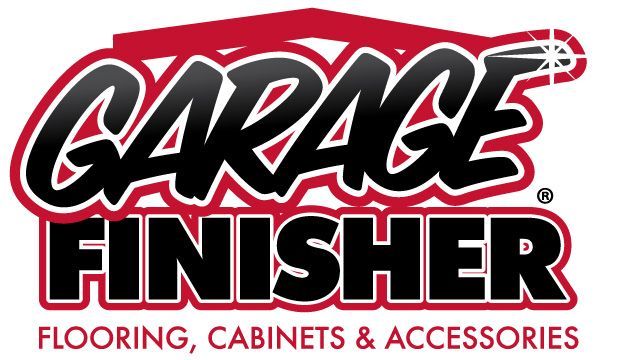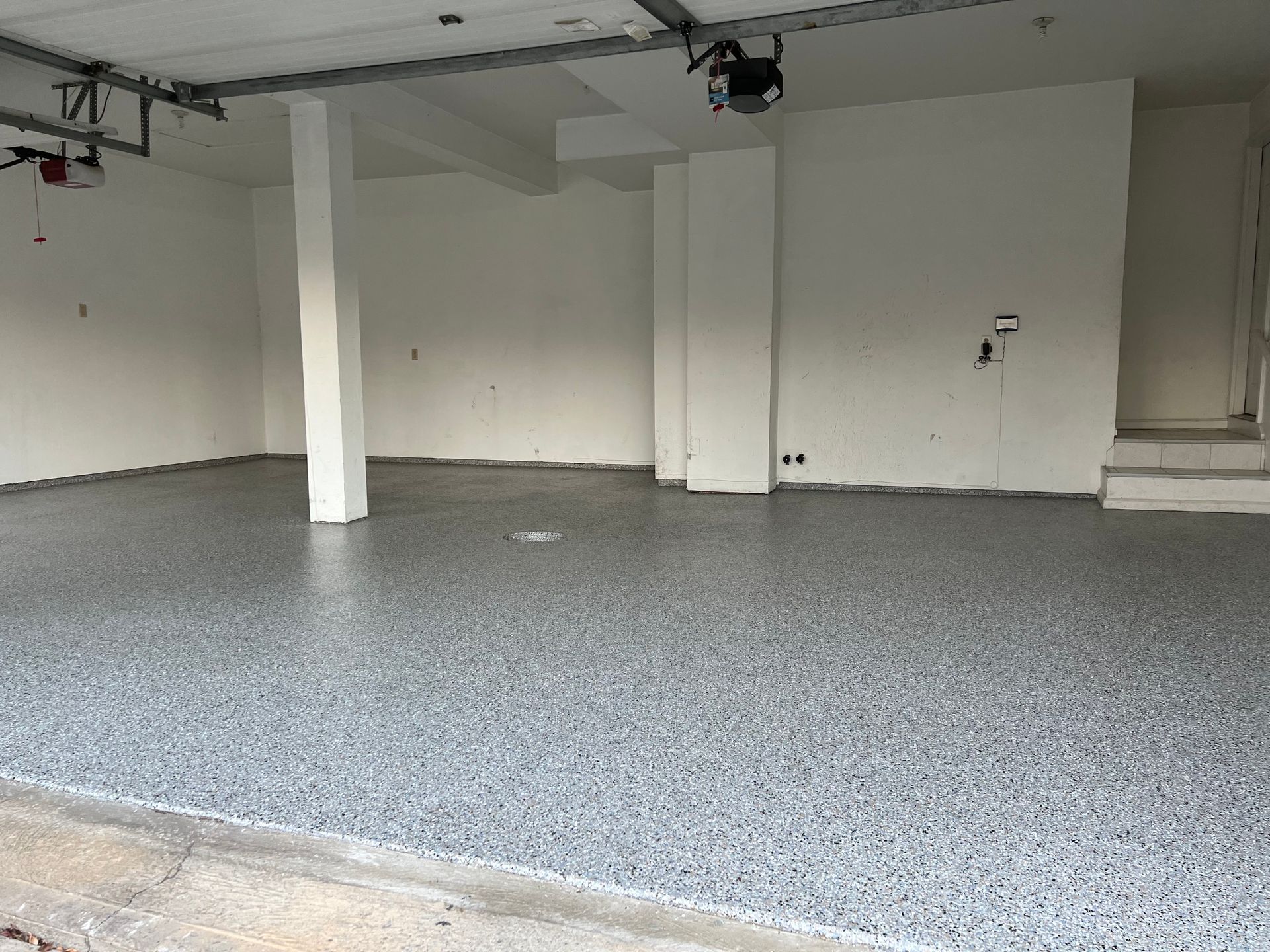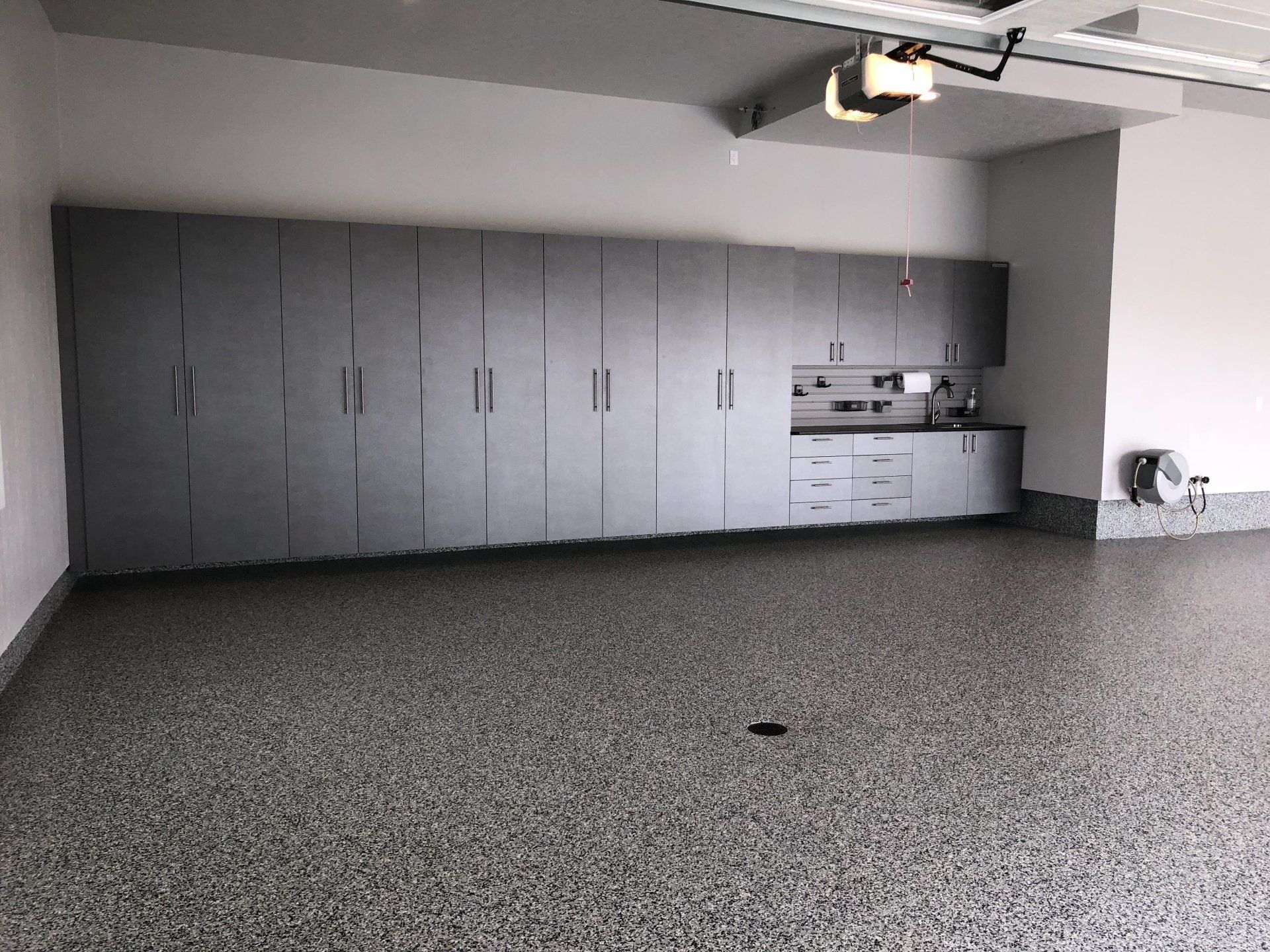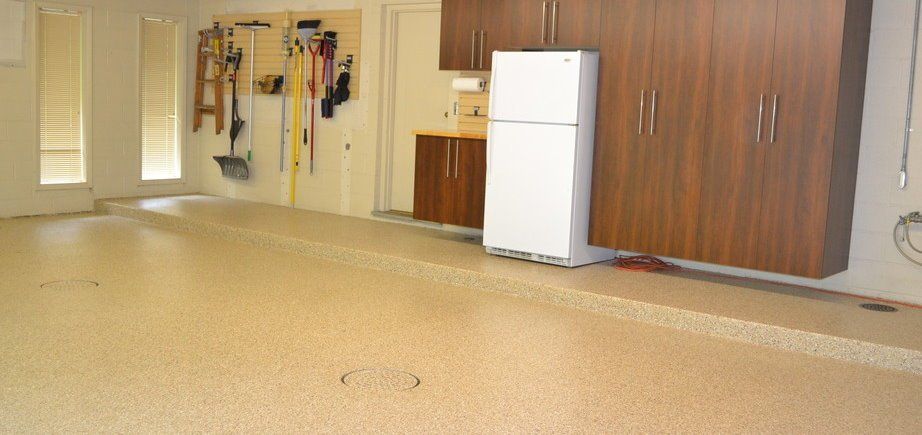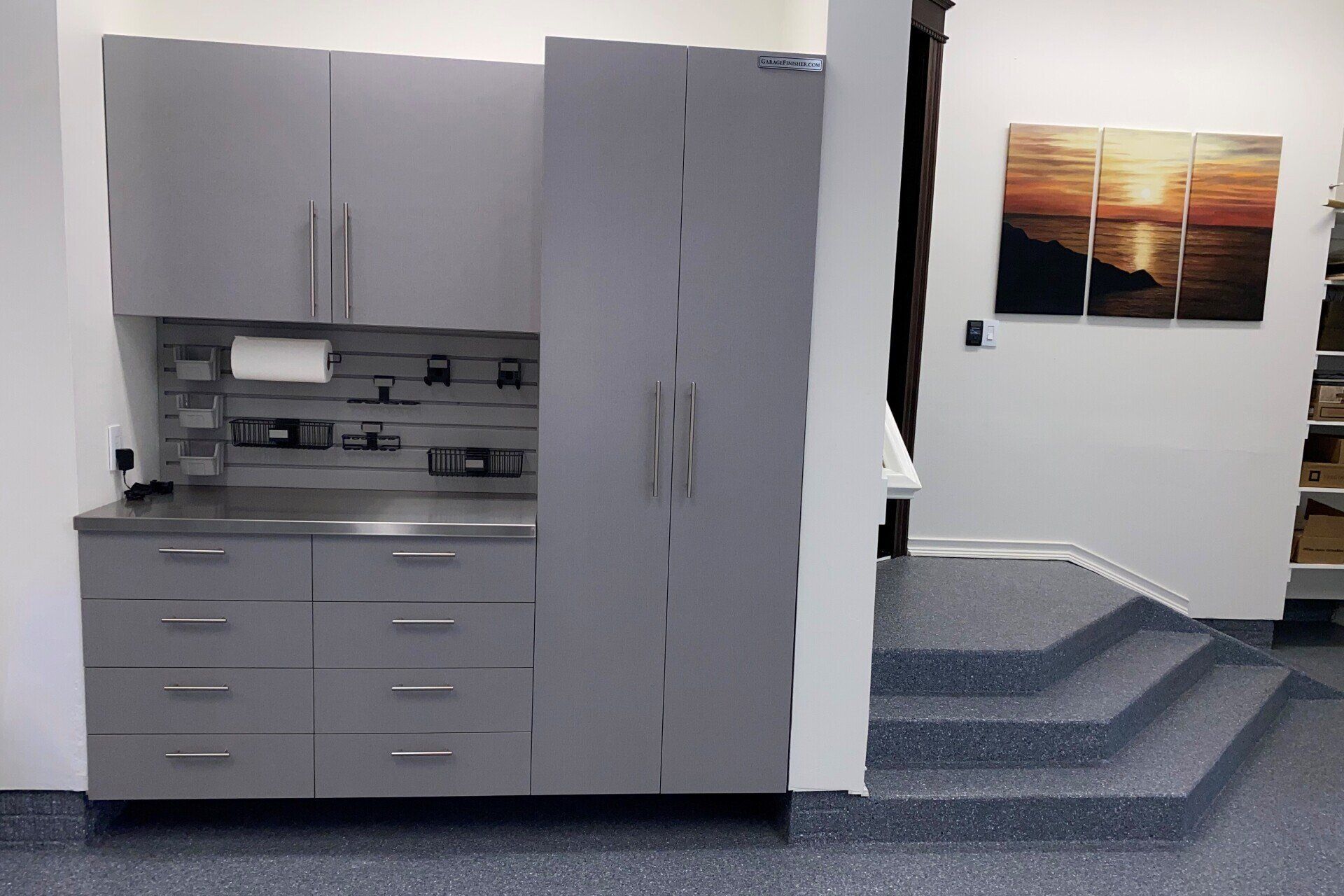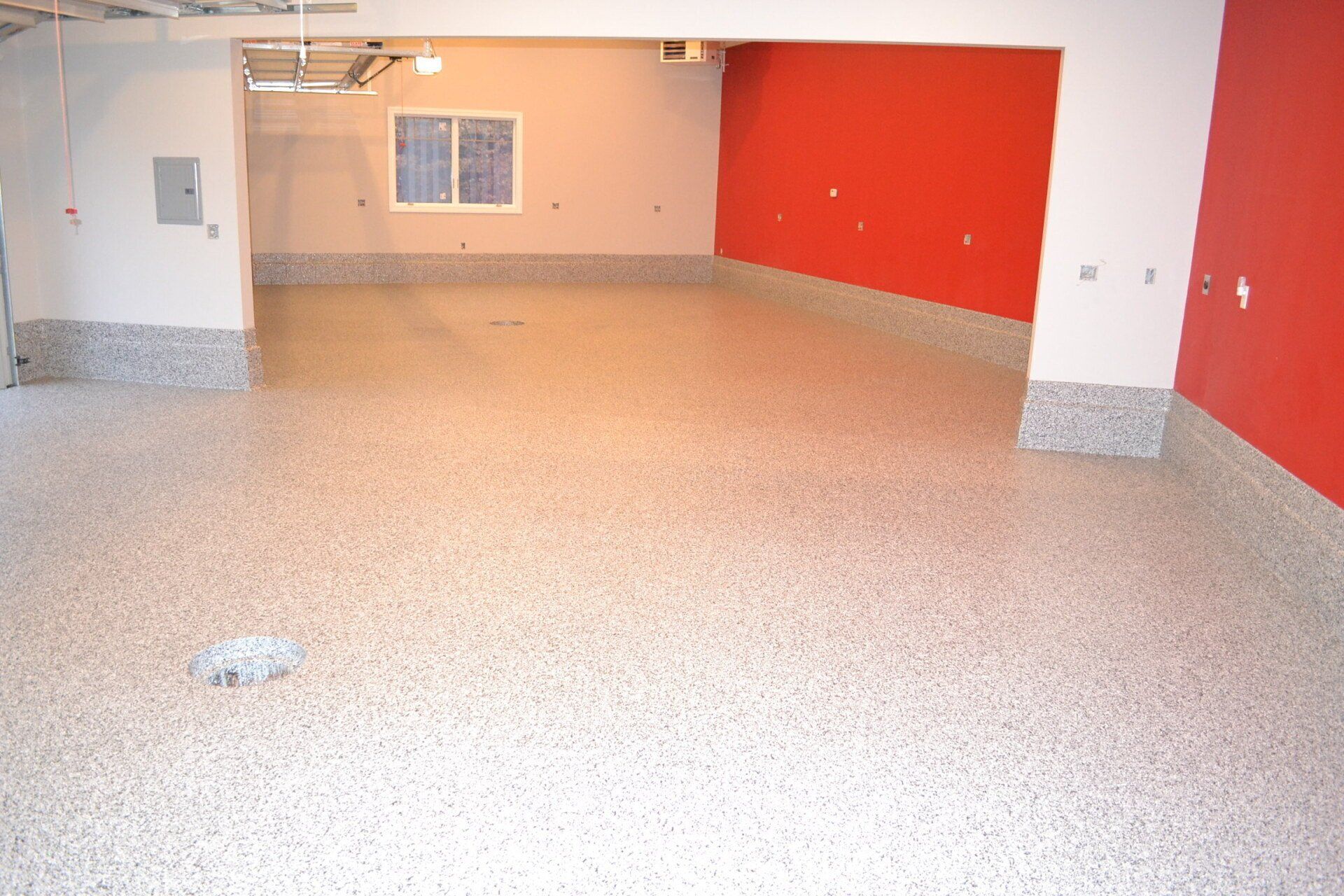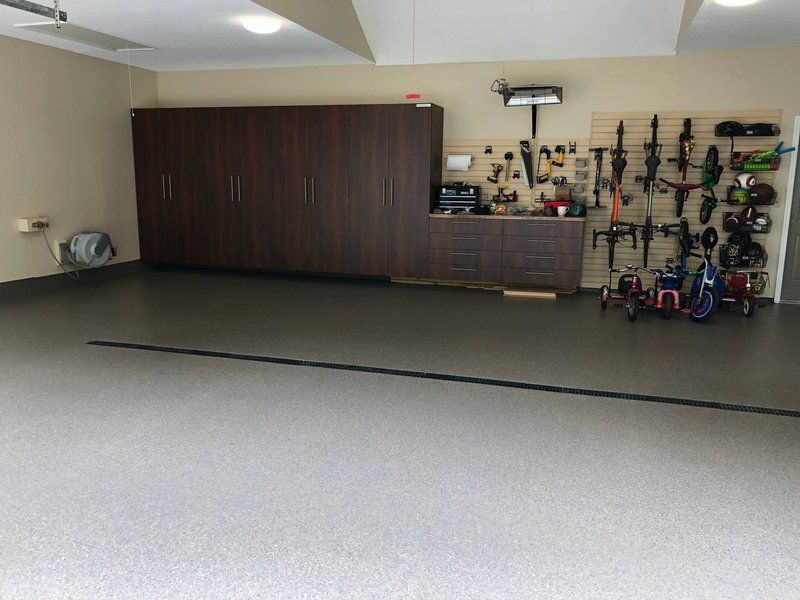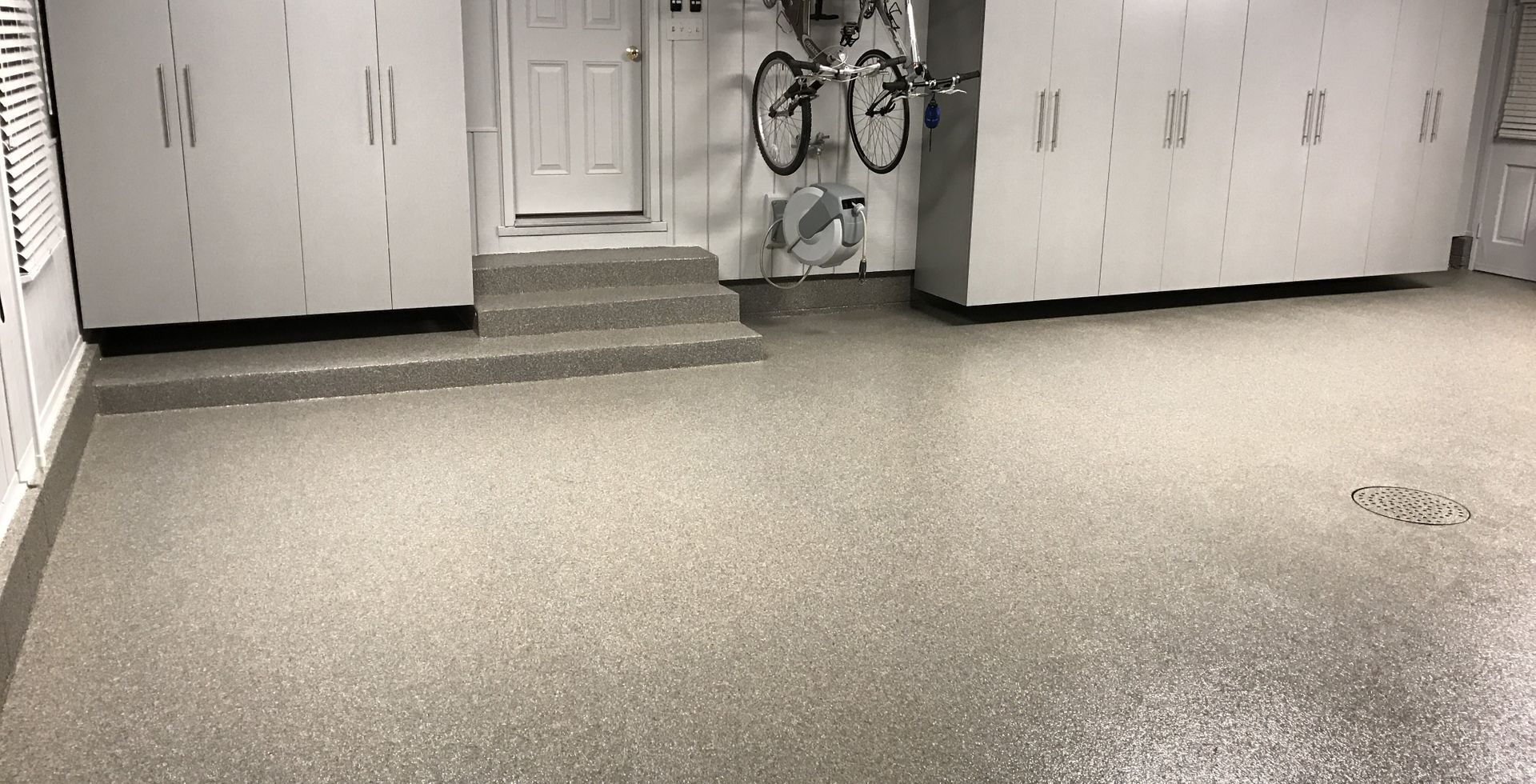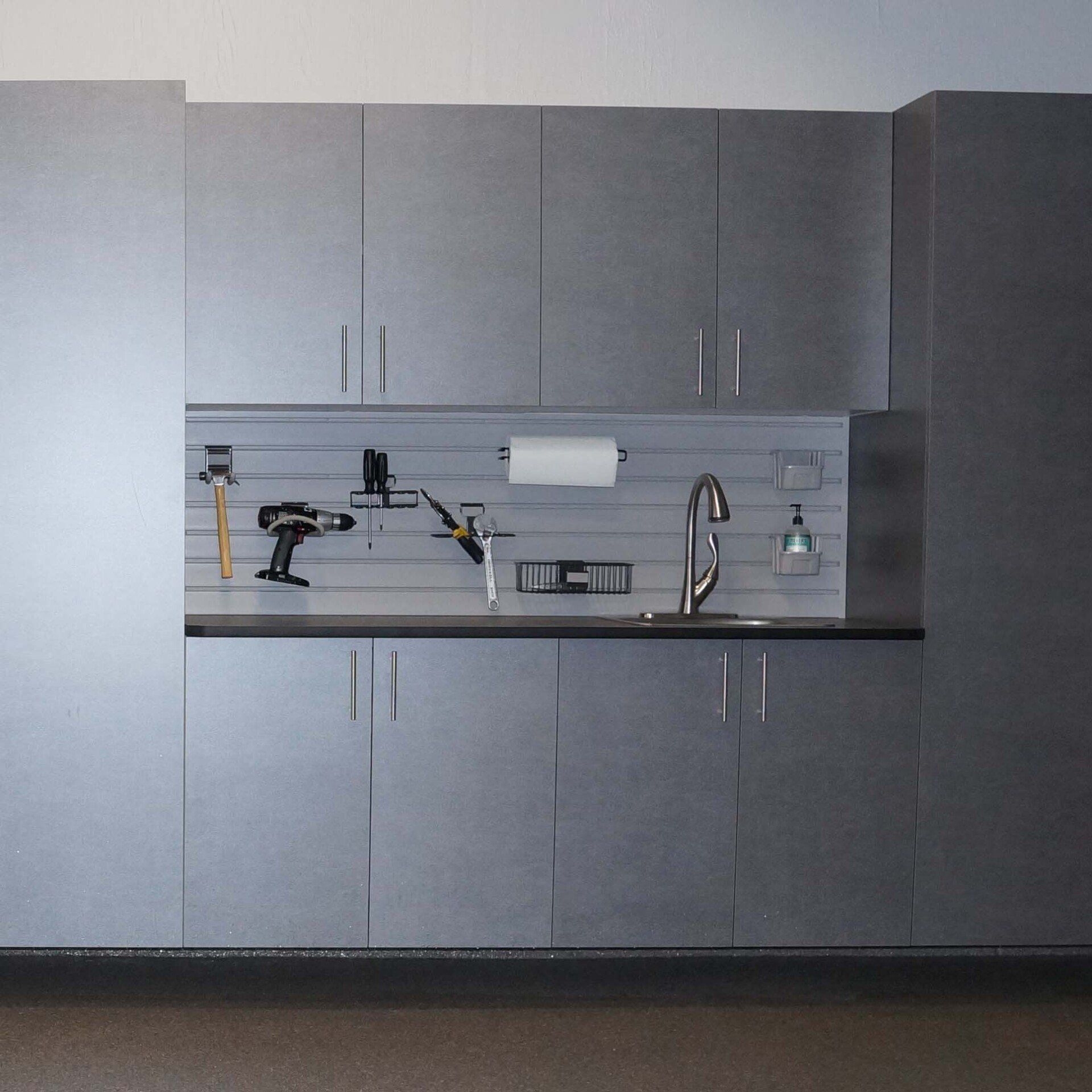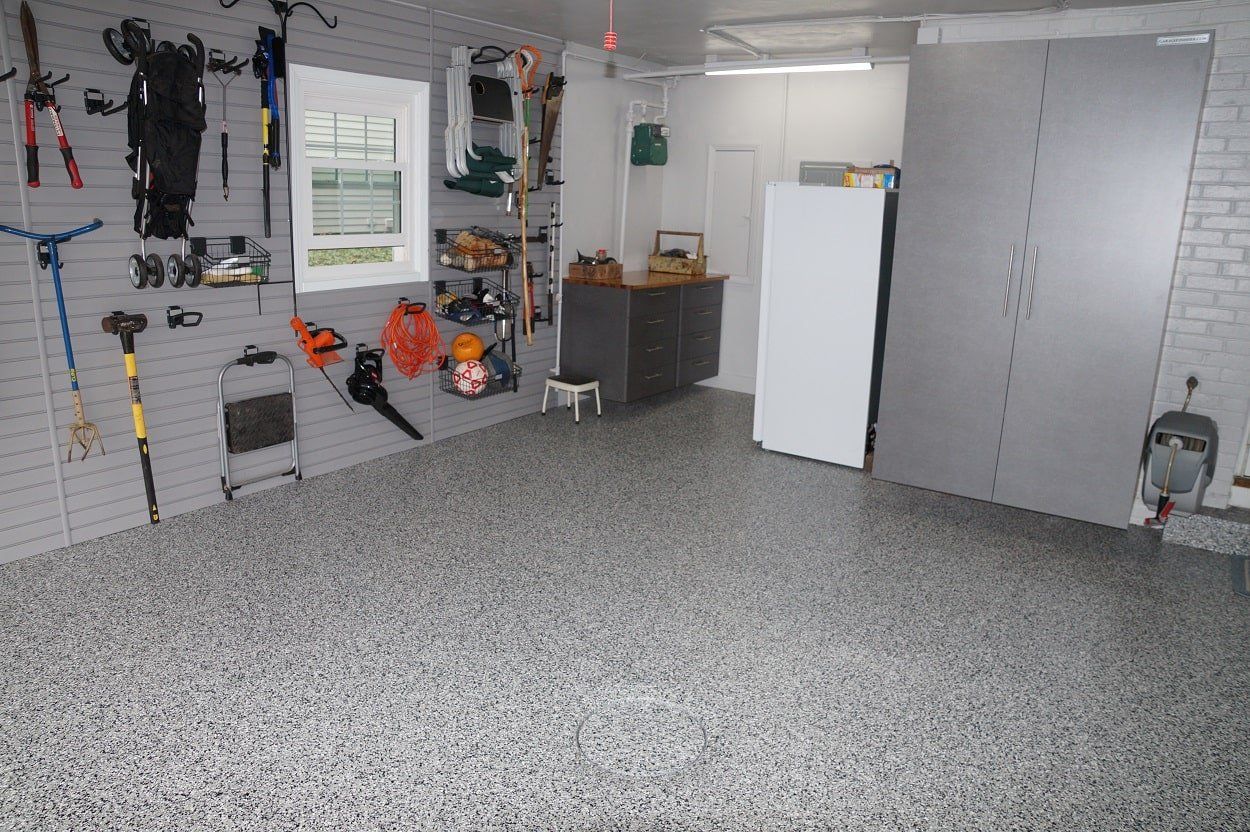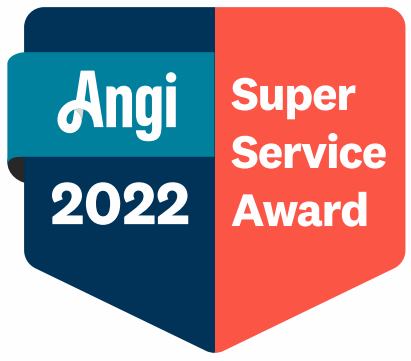Why Epoxy Might Not Be The Best Choice For Your Garage Floor
Garage Finisher Team • May 31, 2021
Are you thinking of finishing your garage or another area with a resinous floor coating? It's a good idea. Coated floors will last far longer than bare concrete, and are much easier to clean as well.
However, when people think of resinous floor coatings, usually they think of epoxy - but they should know that epoxy isn't the perfect solution. While it remains a commonplace choice, epoxy flooring has some significant drawbacks. In many cases, alternatives such as polyaspartic floor coatings
are going to be the better option.
So if you've been thinking epoxy, here are some reasons to at least do some more research into which floor coating will truly be best for your needs.
5 Significant Drawbacks To Epoxy Floor Coatings
1 - Epoxy is strong but brittle
Champions of epoxy like to tout its strength, and that is true - but only in very specific circumstances. Epoxy holds up best under direct crushing pressure, such as having extremely heavy objects stored on top of it. However, it is surprisingly weak to scratching, piercing, and other damage typically done by dropped objects.
2 - Epoxy takes a long time to cure
Once an epoxy surface is laid down, you can expect to wait for days before the area is actually usable. It'll be at least two days under absolutely optimal conditions and realistically will take 10 days. That's a long time to be without a garage! This can be particularly disruptive for working businesses who can't afford to lose access to one or more areas for most of a workweek. Don’t believe anyone that says the longer dry time will help with adhesion due to longer penetration time – EPOXY HAS NO PENETRATION into the concrete no matter how long it takes to dry.
By comparison, polyaspartic floor coatings
only take a few hours to cure. The entire installation process for all but the largest rooms can happen within a day.
3 - Epoxy presents even more installation challenges
Beyond the need for heavy-duty protective gear and the long curing time, there are even more challenges to installing epoxy that make it a difficult, tedious, and prolonged process.
For epoxy to properly bond with concrete, the concrete must be utterly clean and absolutely dry. Any trapped dirt or other debris beneath the epoxy layer will cause problems, and any additional moisture - even an increase in humidity over the course of an installation - can potentially weaken the final product. We've seen epoxy floor installations have to be abandoned and re-done because an inopportune rain storm fouled the process. Any installer of epoxy usually includes a long list of exclusions to their warranty due to the sensitivity of epoxy to moisture.
4 - Slippery when wet
The nature of epoxy is that it creates an entirely flat, non-porous surface. It's safe enough to walk on while dry, but that's not the case when it's wet. Any moisture on the surface will make it dangerously slippery, with almost no friction whatsoever. Of course, this is most problematic for businesses that would be in danger of slip-and-fall accidents and the worker's comp claims which can accompany them.
There's also the question of how to keep the floor safe on wet or snowy days when anyone walking inside will be adding liquid to the floor.
Any solution to this requires slip additives that usually sink to the bottom of the epoxy still resulting in a slippery floor. Otherwise, you'd have to use floor mats and other containment systems - and that can be an issue if you chose a resinous coating in part due to its appearance.
5 - Discoloration over time
Epoxy will tend to discolor over time, from staining, use, as well as from UV light. In a working space, this may not be an issue, but it can be a major problem in private homes, as well as organizations thinking about using epoxy in a prominent location such as a foyer. Also, wet epoxy being installed is particularly vulnerable to UV-based discoloration. One bucket left in the shade, and another left in the sun, will likely result in a color mismatch between the two batches. Some installers use epoxy as the basecoat followed by polysaspartic as the top coat to protect the floor from UV (and claim they install polyaspartic floors), but this is not considered a polyaspartic floor because the bond/adhesion coat to the concrete is epoxy and will still become brittle and peel.
Additionally, epoxy will expand and contract differently than polyaspartic, so this system is a recipe for disaster!
This is another case where polyaspartic floor coatings
are superior, as they resist just about any traditional source of fading or discoloration.
Garage Finisher Has The Best Flooring Solutions In Greater Cleveland
For decades, we've provided Cleveland and surrounding Ohio cities with the very best in floor finishings and coatings. Our "Forever Floor," based on polyaspartic floor coating
technology, offers all the benefits of epoxy with almost none of the drawbacks.
